I saw here that you should use drop when passing a (single-column) XTS object to the ccf (cross-correlation) function. (The sample data is quite big, so I put it in a gist)
library(xts)
gist="https://gist.github.com/raw/3291932"
tmp1=dget(file.path(gist,"e620647218626929b4ee370a05aa7748b2f9a32b/tmp1.txt"))
tmp2=dget(file.path(gist,"49b732db3eafa52f96006e3b1bb0be28380f5df0/tmp2.txt"))
ccf(drop(tmp1),drop(tmp2)) #Weird?
I expected a small peak around lag=0, with mostly noise either side. Instead I got a straight line:

That was 400 bars. I got the same kind of line on my full data of thousands of bars. But if I use just the tail-end 100 bars of that data I get something closer to what I expected: (50 bars looks even more plausible)

I'm a bit stumped if this is a ccf bug, a problem with the way I use xts objects, my misunderstanding of what ccf is doing, or I've magically discovered the formula to beat the stock market...